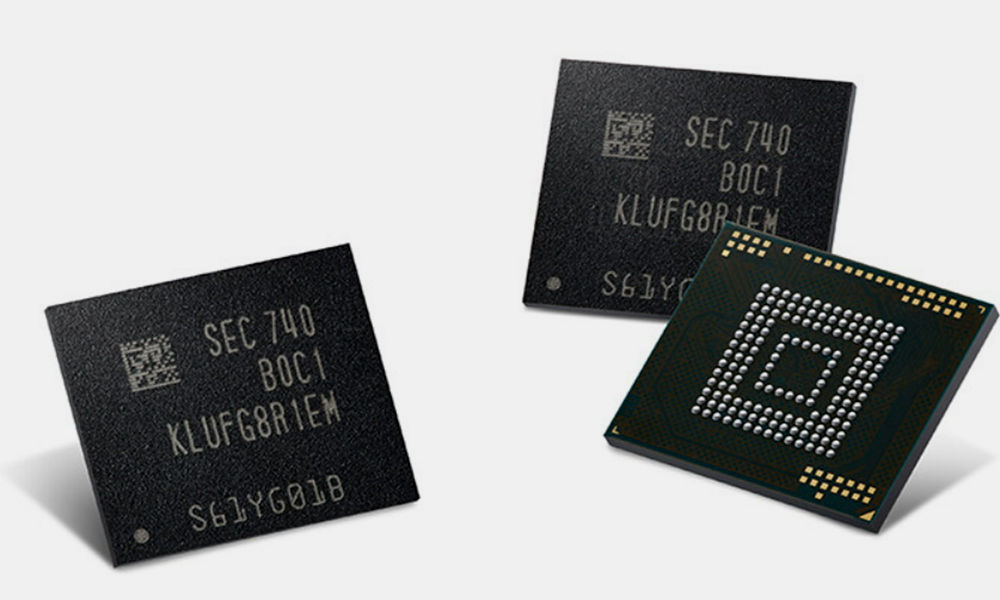KIOXIA presents its first UFS 4.0 memory
- May 31, 2023
- 0
One of the items we had on our must-have list for Computex 2023 was undoubtedly UFS 4.0, the next generation of Universal Flash Storage which, as always happens
One of the items we had on our must-have list for Computex 2023 was undoubtedly UFS 4.0, the next generation of Universal Flash Storage which, as always happens

One of the items we had on our must-have list for Computex 2023 was undoubtedly UFS 4.0, the next generation of Universal Flash Storage which, as always happens in a generational jump, promises (and will undoubtedly bring) more than a remarkable improvement in performance, which we will notice when the first storage memories based on this new specification begin to enter smartphones and other portable devices.
Recall that JEDEC (Joint Electron Device Engineering Council), a consortium bringing together the main manufacturers of memory media, published the final UFS 4.0 specification last August, thus giving a free pass to start their production. However, some manufacturers have already advanced their plans in this regard, for example with Samsung’s announcement at the beginning of May last year, when it announced the start of production during the third quarter of last year, indicating that the first devices equipped with it should arrive during 2023.
Although we will have to wait a little longer to see how the maximums defined in the standard will be reached (if there is no revision 4.1 by then), on paper the improvements that come from UFS 4.0 are remarkable: the data transfer speed at 4,200 MB/s and 2,800 MB/s in sequential read/write modes (UFS 3.1 remains at 2100/1200 MB/s), maximum bandwidth of up to 23.2 Gbps per lane, two-way transfer, capacity up to a terabyte, and in case you’re worried about the impact of these features on consumption, it will actually be reduced by up to 46% .

Well, in connection with the technology fair that is taking place in Taipei these days, KIOXIA introduced its first UFS 4.0 memory support for portable devices. The German technology company, known and recognized among other things for its excellent position in the semiconductor memory market, thus becomes one of the first manufacturers in the world to take this step towards the implementation of the new standard.
More precisely, KIOXIA announced support for 256 and 512 gigabytes, as well as a third integrated one that scales up to the maximum storage capacity defined in the standard, one terabyte. According to data provided by the company, these new storage media integrate 3D BiCS FLASH flash memory, the company’s proprietary technology, along with a controller in a standard JEDEC package. UFS 4.0 includes MIPI M-PHY 5.0 and UniPro 2.0 and supports theoretical interface speeds of up to 23.2 Gbps per lane, enabling up to 46.4 Gbps per device.
According to KIOXIA, these are the main characteristics of the reports presented today:
Now that KIOXIA gives the go signal, we can start the countdown to the first arrivals of devices that use this new data storage standard on the market.
More information
Source: Muy Computer
Donald Salinas is an experienced automobile journalist and writer for Div Bracket. He brings his readers the latest news and developments from the world of automobiles, offering a unique and knowledgeable perspective on the latest trends and innovations in the automotive industry.